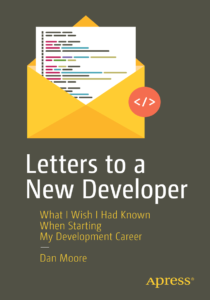 I attended the Google Developer Group meetup last week and enjoyed many of the talks. It was a lightning session, so there were ten speakers. In particular I really enjoyed “Pact Contract Testing” by Claire Chen. The idea behind Pact Testing, which has been around since 2013 and has had four major specification releases, is to formalize the contract between an API consumer and producer and allow each side of the API conversation to be developed independently. You can record the interactions between each consumer and producer and re-play them during testing to verify that no regressions have occurred. It’s really designed for a situation where you control both the consumer and the producer and want to verify that there are no breaking changes when either of them evolve.
I attended the Google Developer Group meetup last week and enjoyed many of the talks. It was a lightning session, so there were ten speakers. In particular I really enjoyed “Pact Contract Testing” by Claire Chen. The idea behind Pact Testing, which has been around since 2013 and has had four major specification releases, is to formalize the contract between an API consumer and producer and allow each side of the API conversation to be developed independently. You can record the interactions between each consumer and producer and re-play them during testing to verify that no regressions have occurred. It’s really designed for a situation where you control both the consumer and the producer and want to verify that there are no breaking changes when either of them evolve.
So, this seems like mocks and stubs on steroids with the additional benefit of being cross platform (many languages are supported) and exercising the entire producer or consumer independently. You can also run an external server to maintain all the pacts independently.
If you are running a microservices architecture, I’d strongly recommend taking a look at this. Next time I’m involved in an API consumer/producer project, I’ll definitely be using this, and will report back then.
See also “convince me that Pact Testing is a good idea” and “what is Pact not good for?”.
